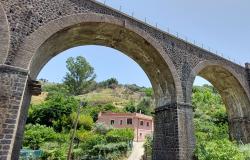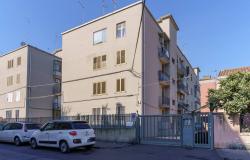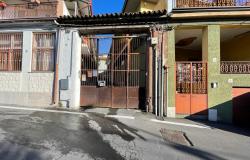 Hooded marchers will make their return to Corleone this Good Friday, more than 40 years after they were banned from the Mafia-tainted town for fear of Mob shootouts.
Hooded marchers will make their return to Corleone this Good Friday, more than 40 years after they were banned from the Mafia-tainted town for fear of Mob shootouts.
Police chiefs lifted the ban after an appeal from Church officials responsible for organising the Easter procession in the small town to the south of Palermo.
The hoods were outlawed in the 1960s to prevent local mobsters from concealing their identity and shooting at each other during the Good Friday march.
Their re-introduction comes almost exactly a year after the capture of Mafia 'boss-of-bosses' Bernardo Provenzano, who was born in Corleone.
Provenzano was arrested on April 11, 2006 in a farmhouse outside Corleone after 43 years on the run.
Provenzano's predecessor Salvatore Riina, seized in 1993, also hailed from Corleone, as did the superbosses Michele Navarra, Luciano Leggio and Leoluca Bagarella.
But Corleone's worldwide fame as the capital of the Mafia stems more from the 1970s Godfather films in which Marlon Brando and Robert De Niro played the fictional Mafia king Don Vito Corleone.
The town even considered changing its name in 2003 in a bid to break with its past.
Among the proposed alternatives to Corleone was its original name, Cuor di Leone (Lion heart), and Cuor Valdese (Waldensian heart), after the Lombard settlers who colonised it in the 13th century.
But the town's mayor, Nicolo' Nicolosi, was firmly against the idea.
"The proposal is utter madness," he said at the time. "You can't get rid of the Mafia association just by changing the name of the place".
It was not the first time Corleone tried to shake off its Mafia reputation.
Several years prior to that, another mayor Pippo Cipriani appealed to author Mario Puzo, on whose novels the Godfather films were based, to come and look at the modern Corleone.
Puzo, the son of Italian immigrants in New York, depicted Corleone as a place of tribal violence, ruled by the law of vendetta.
Cipriani hoped that Puzo would publicly acknowledge that the world he had described no longer existed. But the author, by then an old man, never made the journey to Sicily and he died in July 1999.
"The reality of our town is much more complex than picture given by the saga of the Corleone family," the mayor wrote in his letter to Puzo, accusing the writer of glorifying violent criminals.







